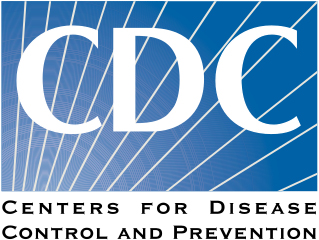 Centers for Disease Control and Prevention (CDC).
Centers for Disease Control and Prevention (CDC).Drug overdoses are the leading cause of injury death in the United States, resulting in approximately 52,000 deaths in 2015. This report analyzed trends in illicit drug use and disorders from 2003-2014 and drug overdose deaths from 1999-2015 in urban and rural areas. In 1999, drug overdose death rates for urban areas were higher than in rural areas (6.4 per 100,000 population versus 4.0 per 100,000). The rates converged in 2004, and in 2006 the rural rate began trending higher than the urban rate. In 2015, the most recent year in this analysis, the rural rate of 17.0 per 100,000 remained slightly higher than the urban rate of 16.2 per 100,000.
Urban and rural areas experienced significant increases in the percentage of people reporting past-month illicit drug use. However, there were also significant declines in the percentage of people with drug use disorders among those reporting illicit drug use in the past year. The new findings also show an increase in overdose deaths between 1999 and 2015 among urban and rural residents. This increase was consistent across sex, race, and intent (unintentional, suicide, homicide, or undetermined).
“The drug overdose death rate in rural areas is higher than in urban areas,” said CDC Director Brenda Fitzgerald, M.D. “We need to understand why this is happening so that our work with states and communities can help stop illicit drug use and overdose deaths in America.”
Although the percentage of people reporting illicit drug use is less common in rural areas, the effects of use appear to be greater. The percentage of people with drug use disorders among those reporting past-year illicit drug use were similar in rural and urban areas.
Additional findings from the CDC study:
- In 1999, drug overdose death rates for urban areas were higher than in rural areas (6.4 per 100,000 population versus 4.0 per 100,000). The rates converged in 2004, and by 2006 the rural rate (11.7 per 100,000) was slightly higher than the urban rate (11.5 per 100,000).
- The percentage of people reporting past-month use of illicit drugs declined for youth ages 12-17 over a 10-year period but increased substantially in other age groups.
- The percentage of people reporting past-month use of illicit drugs was higher for urban areas during the study period.
- Among people reporting illicit drug use in the past year, drug use disorders decreased during the study period.
- In 2015, approximately six times as many drug overdose deaths occurred in urban areas than in rural areas (urban: 45,059; rural: 7,345).
Visit HHS’s Opioids web site for more information on their 5-point strategy to combat the opioid crisis.
Visit CDC’s Opioid Overdose web site for data, tools, and resources on opioid overdose prevention.
Visit CDC’s Rural Health web site for more information on rural health topics.
Source: CDC









